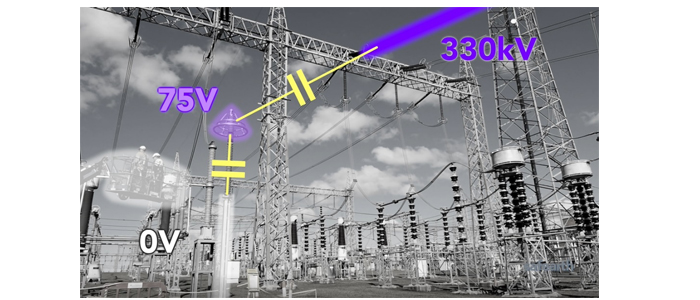- +61 7 3374 2877
- Email Us
With Australia’s energy transition being built at a rapid pace, there is a very large number of significant electrical construction projects either underway or being planned to support it. Projects for major wind and solar generation, battery energy storage, electric transportation and new transmission lines and substations are being built apace
These integrate with and are often built closely alongside live high voltage electrical systems that can pose safety risk to construction workers.
The industry sadly remembers workers who have lost their lives on the job because of earthing related safety hazards, and too often the lessons learnt are forgotten.
Site Safety Essentials
Electrical hazards from direct contact are understood as a major emphasis of Safety within the construction industry. Electrical Safety forms part of any set of site safety essentials, providing workers with a basic awareness of the hazards of live conductors or poorly maintained electrical leads, plant and equipment. However, beyond the basics of avoiding contact with live wires or faulty equipment, non-electrical workers are rarely aware, or have little understanding of other electrical hazards particularly those related to earthing and indirect shock.
Big projects command big multi-trade construction workforces of varying backgrounds and experiences in the electrical industry. With the unique and sometimes obscure nature of indirect electrical shock hazards it is very important that site electrical managers are equipped to identify, communicate and control risks, and that workers have a basic awareness and understanding of the controls that are keeping them safe.

When construction is occurring in or near environments where High Voltage (HV) systems are present, earthing related electrical hazards need to be understood and controlled to ensure safety, as electrical hazards can appear in locations and to plant that are normally otherwise safe. In principle, an electrical hazard is caused by the ability to contact two things at different voltages. This includes the ground beneath your feet being at a different voltage to something you are contacting with your hand, or voltage appearing between two things you can simultaneously touch. This could be anything from a wire, electrical tool, a fence even the crib room frame. These voltages can be caused through many different mechanisms, such as a system fault resulting in:
Other hazards can be persistent and associated with proximity to energised systems, such as:
Regardless of the mechanism that creates these hazards, workers with non-electrical background, or low literacy in electrical risk are often unaware of the mechanism, and not equipped to identify or control the hazards. The fact that these hazards may only be temporary and short term such as during a fault can also lead to complacency among workers. But HV systems are ubiquitous as part of the utility electrical supply network. As such faults can and do occur creating hazards in an instant without warning.
